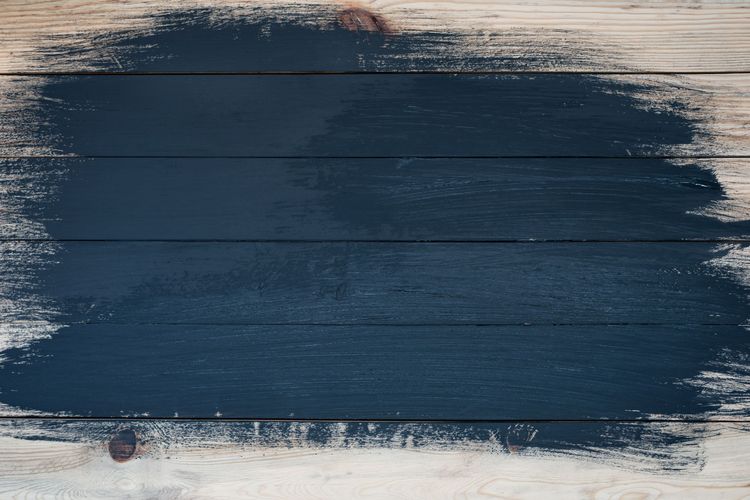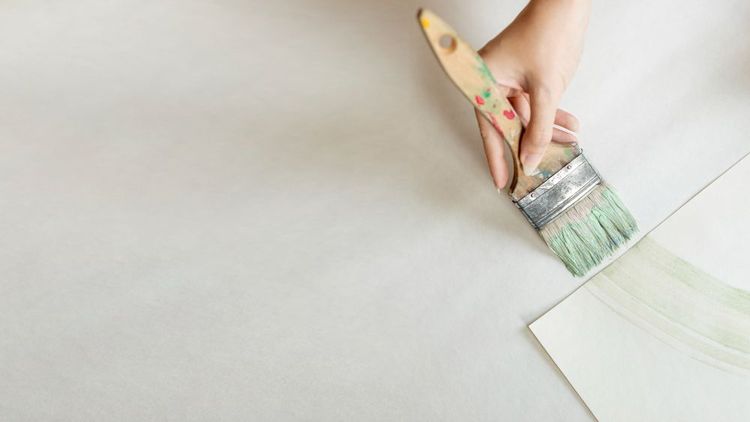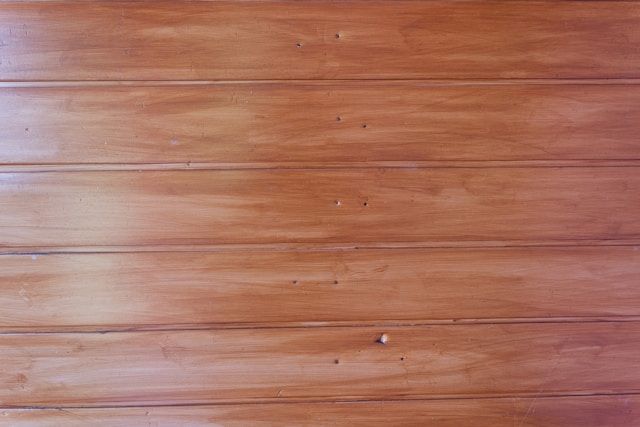The Impact of Humidity and Temperature on Wooden Floors
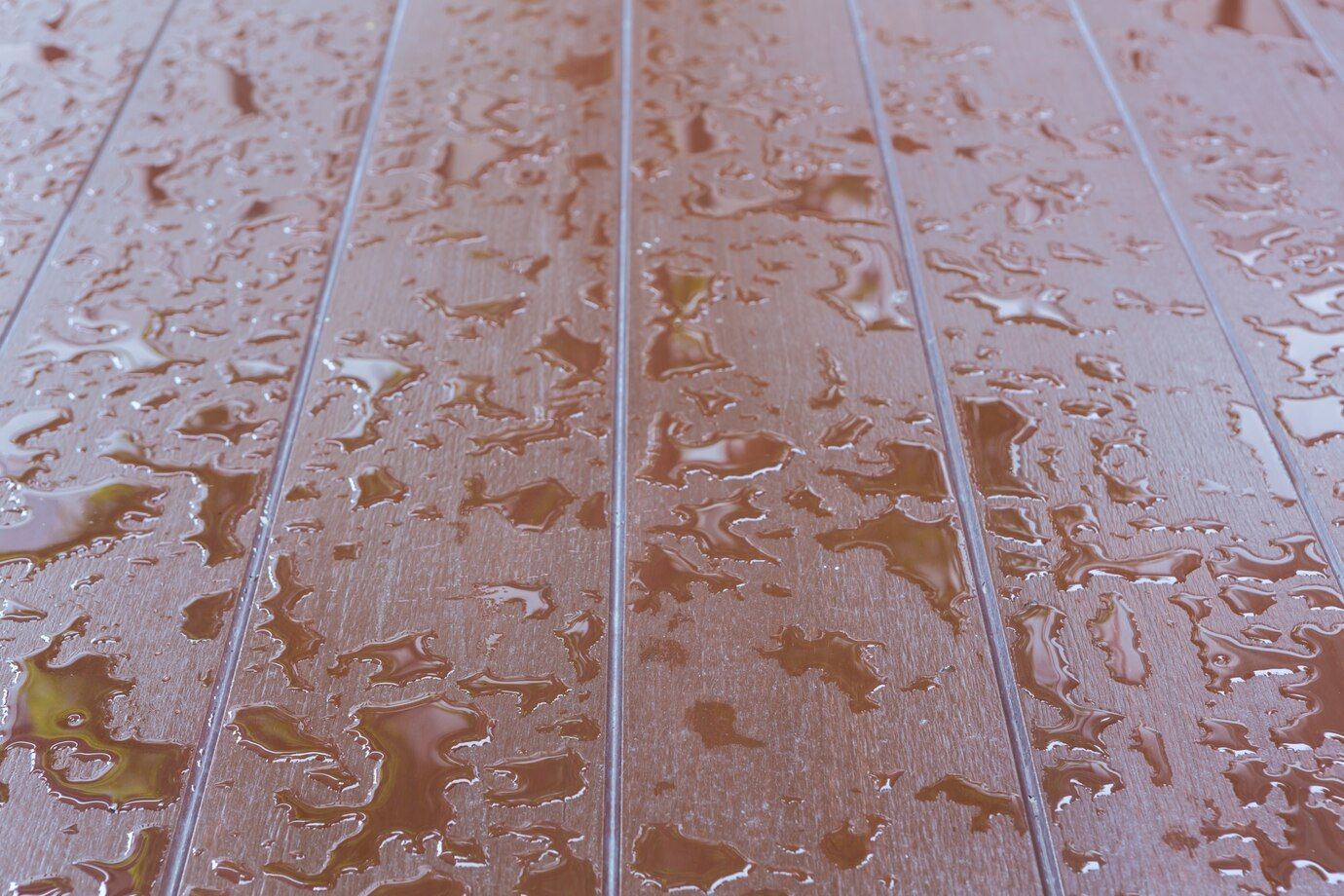
Wooden floors are a timeless and elegant choice for any interior space, but their natural beauty comes with specific care requirements. One of the most critical factors affecting wooden flooring is the environment—specifically, the levels of humidity and temperature. As a natural material, wood responds to changes in its surroundings, expanding and contracting as moisture levels and temperatures fluctuate. Understanding these effects and maintaining optimal indoor conditions is essential for preserving the longevity and appearance of wooden floors. Let’s explore how climate and indoor conditions impact wooden flooring and the best practices to protect it.
How Humidity Affects Wooden Floors
Wood is hygroscopic, meaning it absorbs or releases moisture depending on the surrounding humidity. High humidity causes wood to absorb moisture, leading to expansion. Conversely, low humidity causes wood to lose moisture, resulting in shrinkage. These changes can lead to visible effects on wooden flooring, such as:
- Cupping: When the edges of the planks rise above the center, creating a concave shape. This occurs in high-humidity conditions.
- Crowning: The opposite of cupping, where the center of the planks rises above the edges, often caused by uneven drying or prolonged exposure to moisture.
- Gaps and Cracks: Low humidity can cause wooden planks to shrink, leading to unsightly gaps between boards.
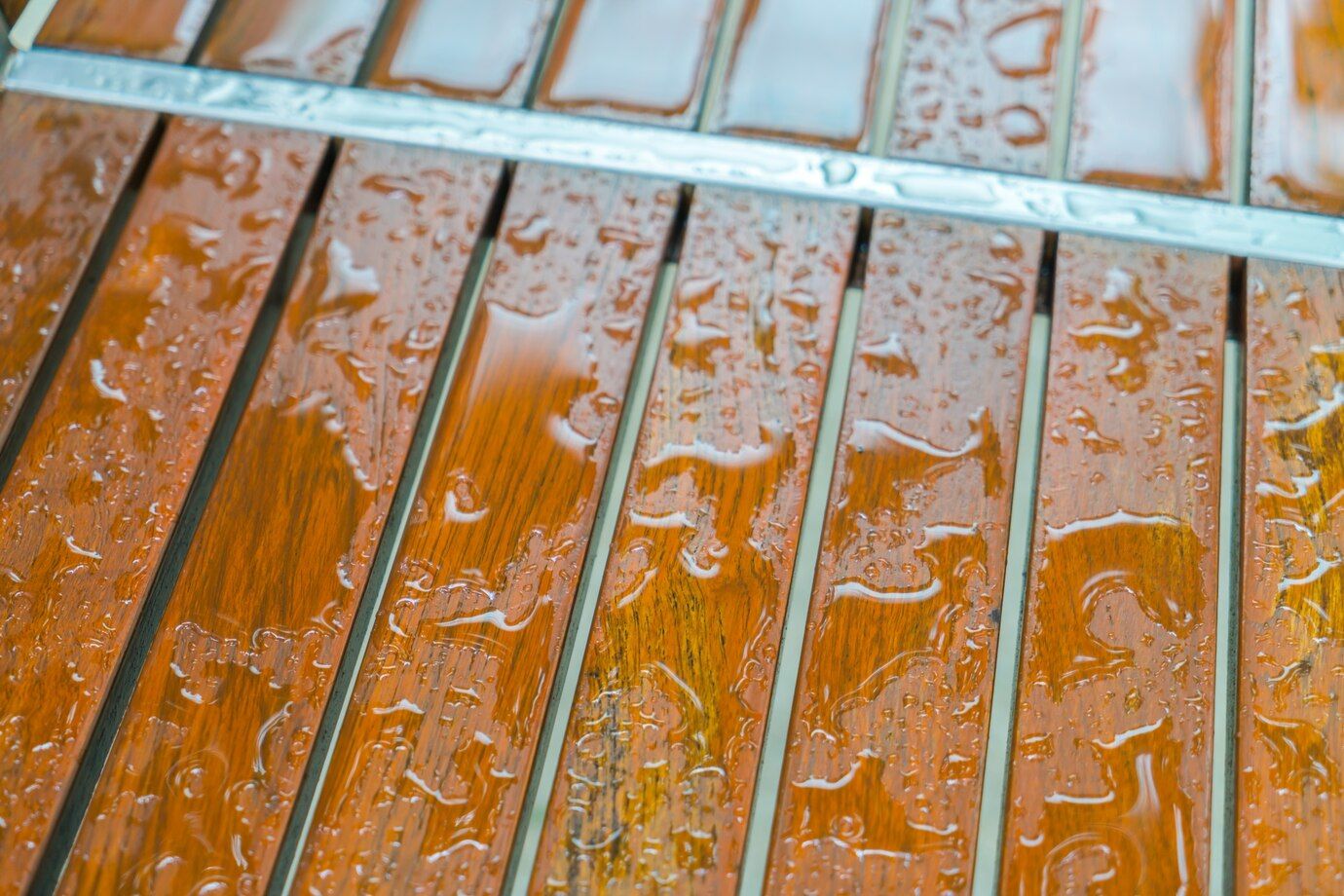
The Role of Temperature
Temperature changes can exacerbate the effects of humidity on wooden floors. While wood itself does not expand or contract significantly with temperature, fluctuations can influence relative humidity levels indoors. For instance, during colder months, heating systems can reduce indoor humidity, while hot and humid summers can increase it.
Extreme temperatures can also damage wooden floors indirectly. For example, high temperatures can cause finishes to deteriorate or discolor, while low temperatures combined with high humidity might lead to condensation and moisture-related issues.
Best Practices for Maintaining Wooden Floors
To ensure the longevity and beauty of wooden flooring, it’s essential to create and maintain a stable indoor environment.
Maintain Optimal Humidity Levels
The ideal indoor humidity range for wooden floors is typically between 30% and 50%. To achieve this:
- Use a humidifier during dry winter months to prevent excessive shrinkage.
- Use a dehumidifier or air conditioner in summer to reduce moisture levels and prevent swelling.
- Monitor indoor humidity with a hygrometer to ensure consistency.
Control Indoor Temperature
Maintain a consistent indoor temperature, ideally between 60°F and 80°F (15°C to 27°C). Avoid dramatic fluctuations that can stress the wood and lead to warping or cracking.
Protect Against Moisture
- Wipe up spills immediately to prevent moisture from seeping into the wood.
- Avoid wet mopping; instead, use a damp cloth or mop specifically designed for wooden floors.
- Ensure proper insulation and vapor barriers during installation, especially in areas prone to high humidity.
Seasonal Adjustments
- In regions with significant seasonal changes, consider leaving small expansion gaps during installation to accommodate natural movement in the wood.
- Invest in engineered wood flooring, which is less susceptible to expansion and contraction compared to solid wood.
Regular Maintenance
- Apply appropriate finishes or sealants to protect the wood from moisture and temperature-related damage.
- Conduct routine inspections to identify and address early signs of cupping, crowning, or gaps.
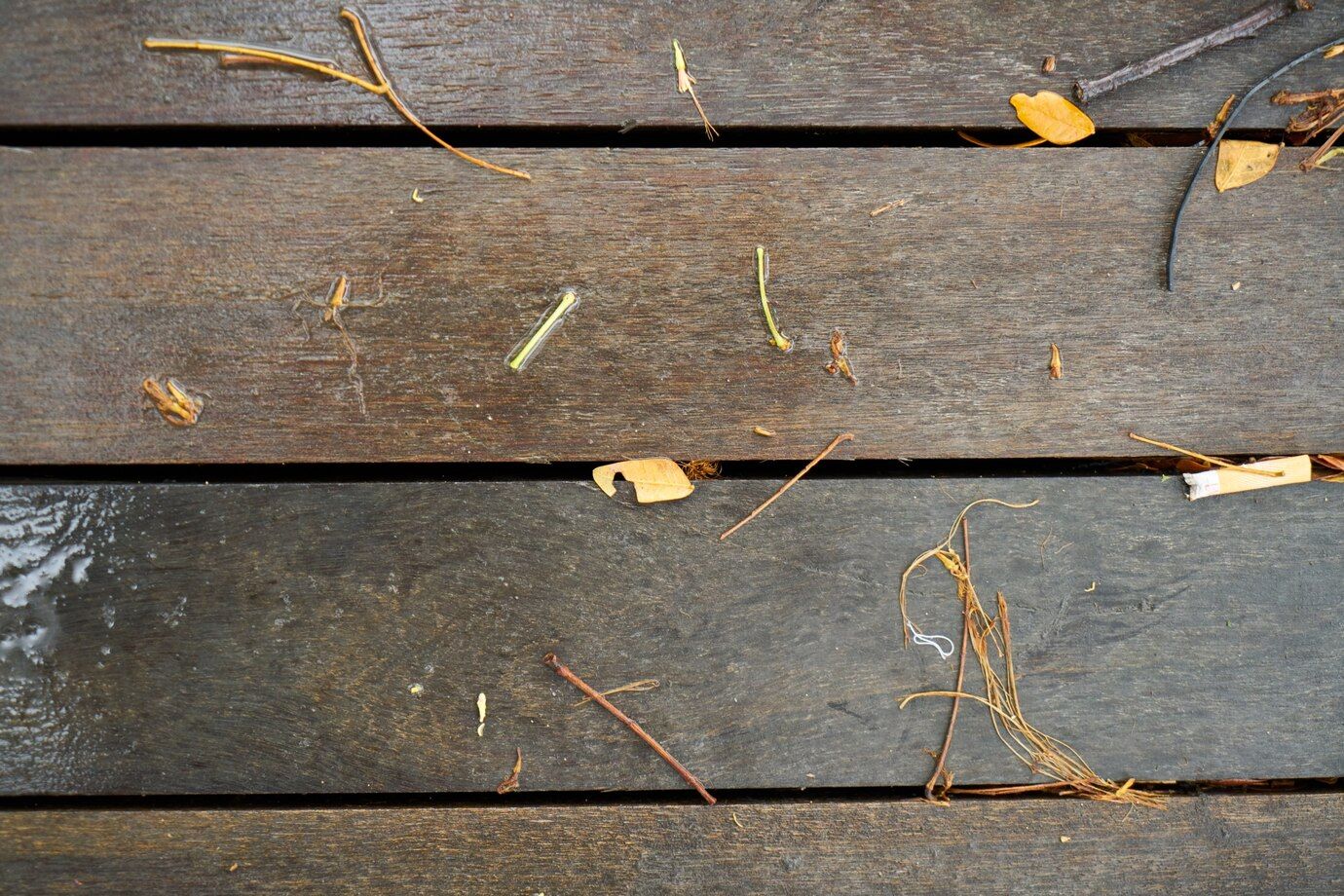
Addressing Common Issues
Despite best efforts, wooden floors may occasionally exhibit signs of environmental stress. Here are some solutions:
- For Cupping or Crowning: Identify and address the source of moisture. In some cases, sanding and refinishing may be required.
- For Gaps: Minor gaps are often seasonal and may close naturally as humidity levels rise. Persistent gaps may require professional repair.
- For Warping: Severe warping often necessitates replacing the affected planks and addressing underlying moisture issues.
Conclusion
Humidity and temperature play a significant role in the health and longevity of wooden floors. By understanding how these environmental factors affect wood and implementing measures to maintain stable indoor conditions, homeowners can preserve the beauty and functionality of their floors for years to come. Investing in proper care and maintenance not only enhances the durability of wooden flooring but also protects the investment and elevates the overall ambiance of the space. Whether it’s a cozy living room or a bustling commercial space, wooden floors thrive in well-regulated environments.

